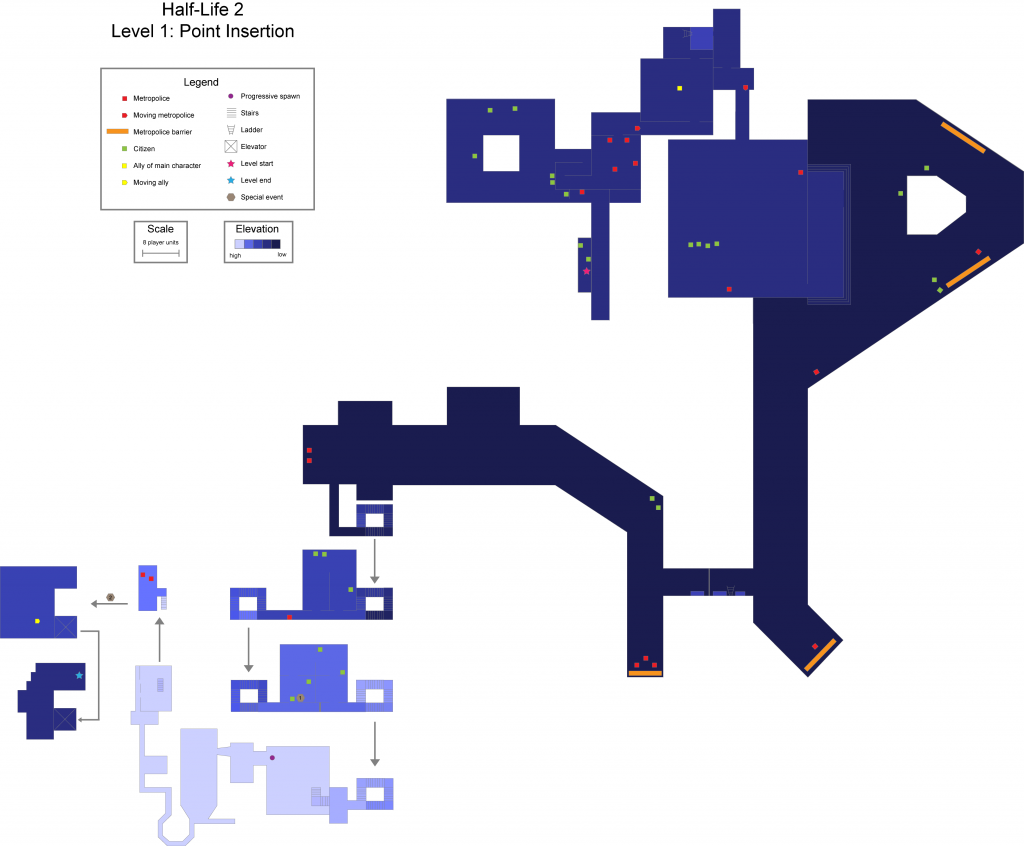As a teacher, I wore many hats every day. Teaching aside, I regularly took on the roles of nurse, psychologist, event planner, secretary, statistician, and fellow kid. Being able to wear many hats is also one of the reasons I love studying game design.
As a game designer, I must juggle the demands of budget and schedule with the creative elements of cinematography, storyline, and character and level design. I am by no means an expert, but as you may well know, I always welcome a challenge.
 This past Friday, I finally went to see the movie Inception. Though it was the third Friday since the movie’s release, the theater was still packed. I won’t spoil the movie for those of you who haven’t yet experienced its intense storyline, but suffice it to say that the movie has a lot in common with game design.
This past Friday, I finally went to see the movie Inception. Though it was the third Friday since the movie’s release, the theater was still packed. I won’t spoil the movie for those of you who haven’t yet experienced its intense storyline, but suffice it to say that the movie has a lot in common with game design.
Inception explores the possibilities of the human mind, and, in particular, of its dreams. Like game environments, dream worlds must be carefully architected. Though pieces of the dream or game may come from real life inspiration, the ultimate dream or game world is a conglomeration of the best parts of the real world.
This weekend, I took on the role of a level designer. Well, kind of. My assignment was to analyze an existing game level and create a level map detailing the environment and obstacles. Sounds simple enough, right?
Well, keep in mind that you have to know the level well enough to draw the map (i.e. you have to play the level over and over again). Then, you have to draw the level to scale, marking down where enemies and NPCs (non-player characters) exist within the level. Ah, and don’t forget about elevation. That’s important too.
With limited hardcore gaming experience under my belt, I knew I would likely use the first level of a game. After a quick online search for games on sale, I settled on the first person shooter Half-Life 2 – a classic, or so I’ve heard.
The first level of the game took only a few short minutes to complete, even with my clumsy hand-screen coordination. The level map, however, took much longer.
My hand-drawn sketches of the level took up 8 pages in my notebook. Sketches complete, I began to render the drawings in Illustrator. Hundreds of lines and shapes later, I arrived at a basic outline of the level. Next, I shaded the areas according to elevation and added in enemies, NPCs, allies, and special events. Here’s the result:
After this experience, I take my hat off to architects and level designers everywhere for the meticulous critical thinking and problem solving they employ. I’m tired after just mapping out the first level of someone else’s design. Create one on my own? That’ll take a few more classes, a couple doses of patience, and a lot more practice.


